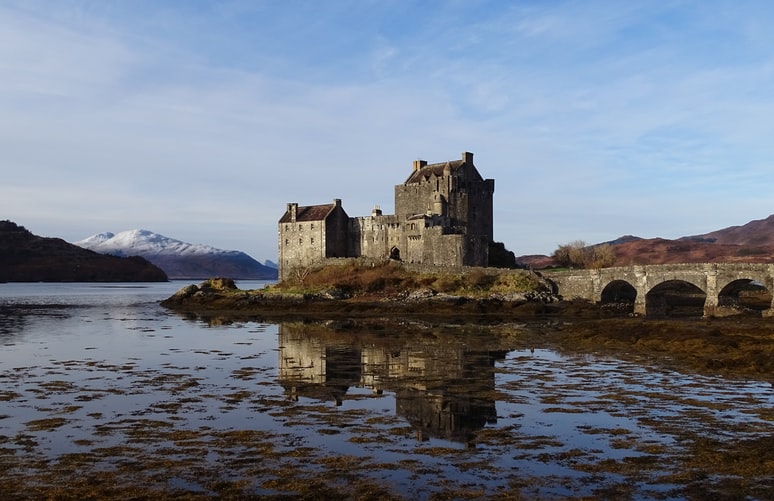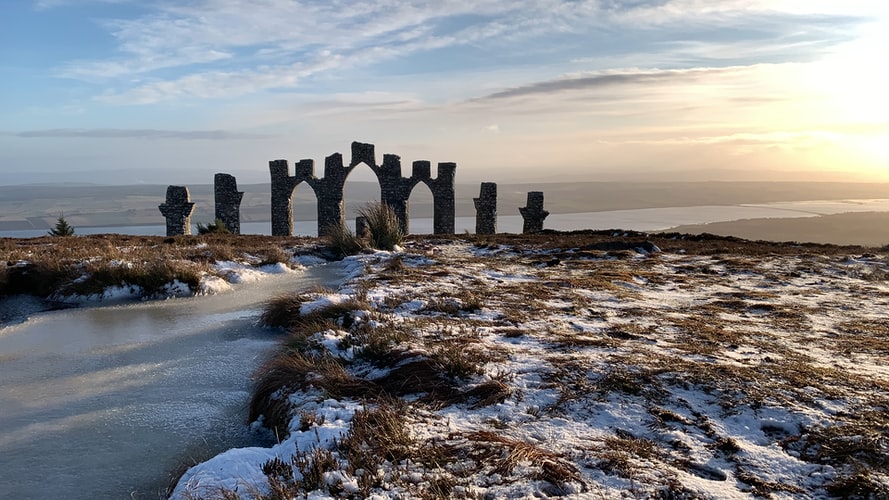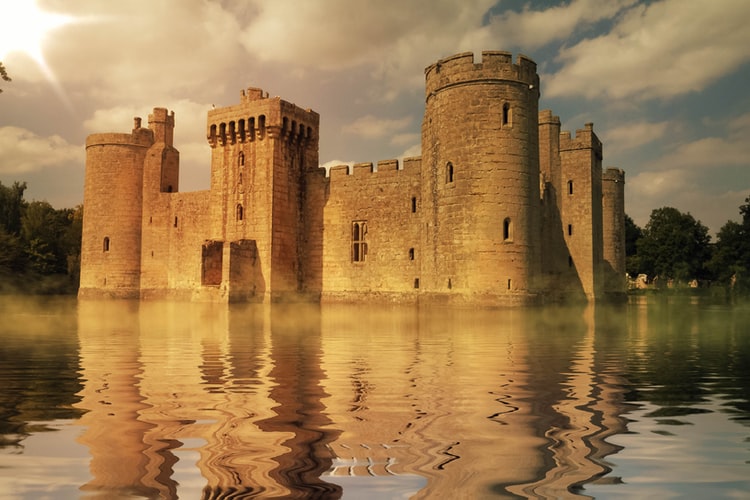Throughout much of Scottish history, clan structures have played a key role in determining the political and cultural makeup of the country. At the time of the First World War, an influential Scot, Robert the Bruce, led an army of loyalists against the emerging British. He established the Fort of Bannockburn on the Men’s Way, overlooking Loch Lomond, which was to be used as a position to ambush the enemy. The Bruce clan, who held the town, were not only fighting for their own independence, but they also wanted to ensure that the Scottish National Army was stationed there. When the British troops arrived, however, they surprised the Bruce clan and their fighters, and so the Battle of Bannockburn was one of the bloodiest conflicts in the history of Scotland.
The Beginnings Of Scottish Written History
The written history of Scotland starts with the deposition of the last Roman Emperor by his native Scotland, and the beginning of the third century AD. From the end of the thirteenth century, however, with the arrival of new powers, new ethnic groups began pushing back against the invaders, often through hereditary raiding. In time, the various clan chiefs made themselves rulers over their territory, sometimes controlling entire Scotland. During this period, the clan was used as a term to describe a group of people living in a certain area.
Throughout this time, a number of dynasties emerged in Scotland, all vying for influence and power. One of these was the Stewart dynasty, which controlled Scotland until the end of the fifteenth century. Although they frequently conducted successful wars against other clans, they often fell out of step with their allies, causing them many bitter battles. By the end of the fifteenth century, the balance of power had begun to tilt toward the northern part of Scotland, which had been under the control of the Picts for much of its history.

Main Scottish Clans
The main Pictish clan that controlled Scotland during this time, the Macldomons, were often at odds with the Scottish crown. At the Battle of Bannockburn, for example, the Macldomons, with some assistance from the Scotts, gained an important victory. Although this helped the Macldomons defeat the Scots at the Battle of Bannockburn, it also marked the beginning of the end for the Macloths, who were pushed back to their former territory of Perth and Kinross.
However, the most powerful clan in Scotland during this time was the clan of Strathbogie. Led by Strathbogie Earls of Strathbogie, the Strathbogie clan had been gaining a strong hold on the country for nearly two centuries, thanks to their long-standing alliance with King James I of England. During this time, Strathbogie also fought against the Viking raiders along the border of Scotland. Strathbogie eventually allied himself with Queen Mary, Queen consort, and fought alongside her in several battles. It was on one of these campaigns that the queen began the process of restoring the Scottish crown to Scotland after the English had successfully reclaimed it from the Vikings.
Strathbogie was also responsible for leading the Danelawk tribes to the great iron age. The Danelawk were fierce warriors who practiced highly secretive practices that were kept from even their closest allies. However, Strathbogie managed to unite the Danelawks with other clans, and the fighting was fierce and devastating. When the battle was over, Strathbogie Earls united the clans with a great feast, and they declared themselves the first Scottish king and queen. Although this alliance was short-lived, it marked the dawn of a new era for the Scottish nation.



